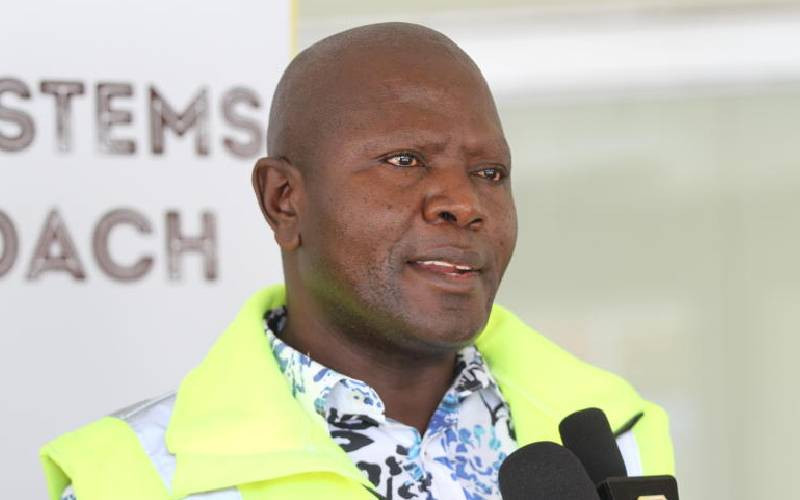From today, a ride in the dreaded matatu will be different. A National Transport and Safety Authority notice that seeks to standardise the body structure for all Public Service Vehicles takes effect today in what is broadly referred to as KS 372.
With reported deaths of at least 3,000 a year caused mostly by public transporters, the new move by the National Transport and Safety Authority provides one way of ending this wanton carnage.
The key highlights of the notice include provision of adequate ventilation and natural light in the vehicle, a standard body size and shape. It prescribes what materials are to be used, the sitting space and a functioning exit in case of an emergency. These new measures will no doubt significantly curtail the born-jarring experience of a matatu ride.
Most importantly, the body of a PSV will not be welded into the chassis of the vehicle but rather to a “support device”. NTSA has taken cognisance of incidences where there are minimal survivors in car crashes and zeroed in on how the body of the vehicle reacts on impact.
A spacious gangway that lets passengers in and out of the vehicles is also recommended. The vehicles will also be fitted with a strong hand-rail as well as spacious seats so passengers can sit comfortably.
In many ways, these new measures are critical to the economy.
The World Bank estimates that the annual cost of road accidents is between 1-3 per cent of the Gross Domestic Product. That is expensive for a country aspiring middle-income status in 13 years. Compare that with developed nations which have well thought out mass transit solutions. In fact, it is an area that is rarely left to private operators as is the case in Kenya.
The matatu industry, long used to blackmail and intimidation seems to have been caught off-guard this. Already, the Matatu Welfare Association is taking issue with what clearly is geared towards public safety. NTSA should not relent.
It should, however, ensure a smooth transition to minimise disruption, but not at the expense of the long-suffering passengers in need of a decent means to get to school, work, the market and back home.
In no other business is the customer pushed and shoved at will. It is only in the public transport that the rules of safety, common decency, decorum and courtesy are seldom applied. That has to end.
 The Standard Group Plc is a
multi-media organization with investments in media platforms spanning newspaper
print operations, television, radio broadcasting, digital and online services. The
Standard Group is recognized as a leading multi-media house in Kenya with a key
influence in matters of national and international interest.
The Standard Group Plc is a
multi-media organization with investments in media platforms spanning newspaper
print operations, television, radio broadcasting, digital and online services. The
Standard Group is recognized as a leading multi-media house in Kenya with a key
influence in matters of national and international interest.
 The Standard Group Plc is a
multi-media organization with investments in media platforms spanning newspaper
print operations, television, radio broadcasting, digital and online services. The
Standard Group is recognized as a leading multi-media house in Kenya with a key
influence in matters of national and international interest.
The Standard Group Plc is a
multi-media organization with investments in media platforms spanning newspaper
print operations, television, radio broadcasting, digital and online services. The
Standard Group is recognized as a leading multi-media house in Kenya with a key
influence in matters of national and international interest.








